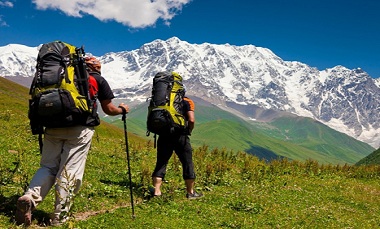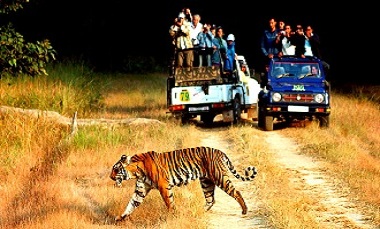-
Phone +91-9891275505
-
E-mail sales@eepltours.com
- Tour Enquiry !!!
- Home
- Uttarakhand Pilgrimage Places
- Haridwar
GANGOTRI YATRA
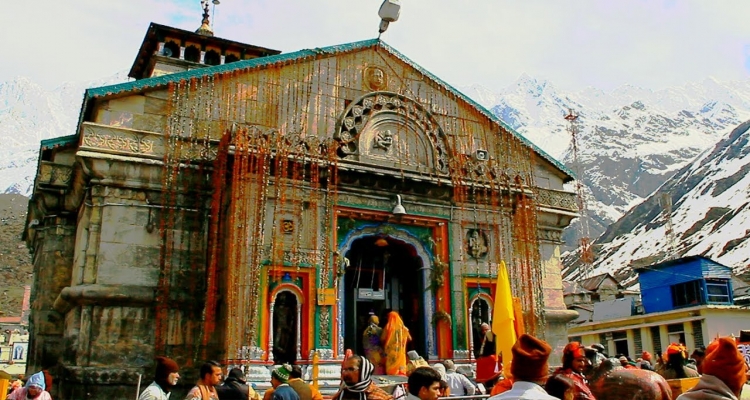
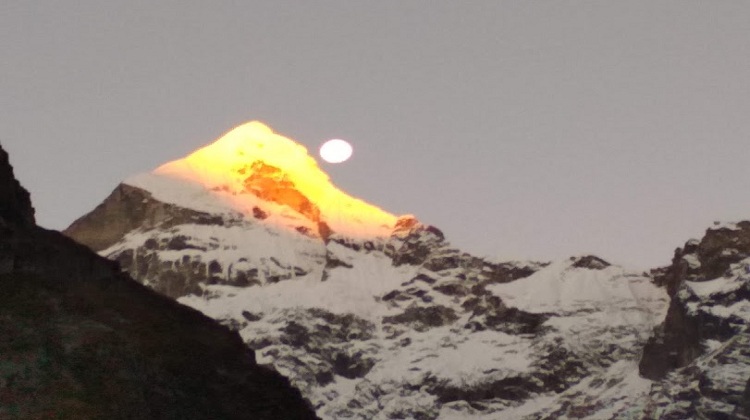
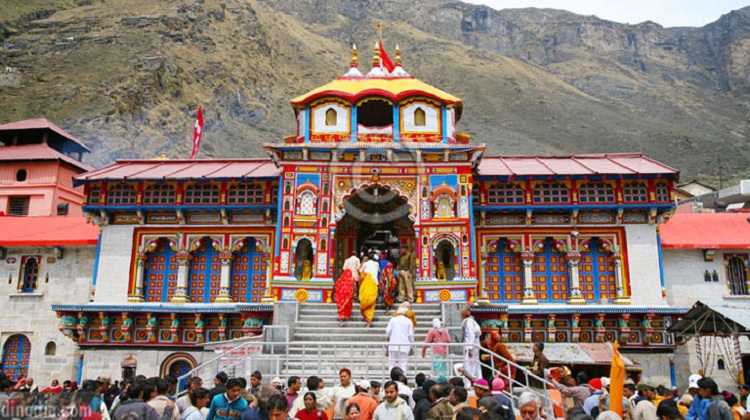
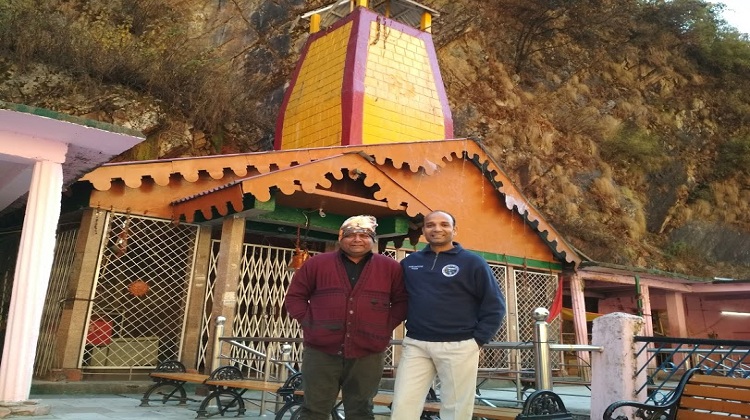
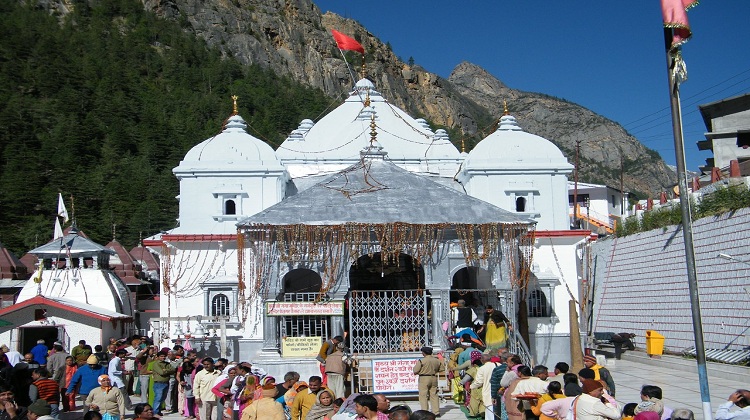





GANGOTRI YATRA:-
Along the right bank of Bhagirathi stands the shrine of Gangotri dedicated to the Goddess. Perched at a height of 3048 mts., it was constructed in the early 18th century by a Gorkha Commander, Amar Singh Thapa. Every year, lakhs of pilgrims throng the sacred temple between May and October. By November, Gangotri is covered by snow. It is believed that the Goddess retreats to Mukhba, her winter abode (12 kms downstream).
The physical source of the holy river is at Gaumukh, 18 kms. Further uphill, along the Gangotri Glacier. Several pilgrims trek upto the source to offer prayers either on foot or on ponies.
According to mythology, Goddess Ganga - the daughter of heaven, manifested herself in the form of a river to absolve the sins of King Bhagirath’s predecessors, following his severe penance of several centuries. Lord Shiva received into his matted locks to minimize the immense impact of her fall. She came to be called Bhagirathi at her legendary source.
Best Time to Visit
The yatra typically takes place during the summer months, with the temple opening in late April or early May and closing around November. The best time to visit is from May to October, when the weather is relatively mild, and the roads are accessible.
Peak Pilgrimage Season:
May to June and September to October are the busiest months for pilgrims. During the monsoon (July-August), the region experiences heavy rainfall, which can cause landslides and disrupt travel plans.
ROUTE AND JOURNEY:-
Reaching Gangotri: The nearest major city to Gangotri is Rishikesh, which is well connected by road and rail to major cities in India like Delhi, Haridwar, and Dehradun. From Rishikesh, one can travel by road to Uttarkashi and further to Gangotri (approximately 100 km).
Trekking to Gangotri:
Many pilgrims undertake a trek from the town of Harsil, which is about 25 kilometers from Gangotri. Harsil offers scenic views of the Himalayan peaks and is an ideal resting point.
Accommodation:
There are several dharamshalas, guesthouses, and hotels around Gangotri, though the facilities are basic. Most pilgrims stay overnight in Uttarkashi or at the temple complex.
GANGOTRI YATRA ACTIVITIES:-
Visiting the Gangotri Temple:
The main event of the yatra is the visit to the Gangotri Temple, where devotees offer prayers, perform rituals, and seek blessings.
Taking a Dip in the Ganga: Pilgrims often take a ritual bath in the holy Ganga River at Gangotri. It is believed that a dip in the river here will wash away sins and purify the soul.
Trekking: For adventurous devotees, the yatra may also include treks to nearby places like Tapovan (known for its scenic views and peaceful surroundings) and Gaumukh, which is considered the source of the Ganga River, located about 18 km from Gangotri.
Spiritual Experience: Many pilgrims consider the journey to Gangotri as a transformative spiritual experience, with the majestic views of the mountains and the sacred river offering deep moments of reflection.
Challenges
The yatra to Gangotri can be physically demanding, as it involves travel through mountainous terrain, and the weather can be unpredictable. The altitude (approximately 3,100 meters above sea level) can cause discomfort for some people, so proper acclimatization is important.
The roads leading to Gangotri can sometimes be blocked due to landslides or bad weather, especially during the monsoon season, so it's important to plan accordingly.
CLIMATE:-
The daily average temperature for the whole year is 9°C, the average maximum temperature 14°C and average minimum temperature is 4°C. Summer (March to May) is very pleasant with observed maximum never crossing 20°C and cold at night. Winter (December to February) is freezing cold with heavy snowfall. Heavy rains in monsoon season (late July - August) make it difficult to reach the temple.
The famous attraction, the Shivalinga is submerged in Gangotri, during summer and visible when winter comes. The temple is typical open from last week of April to second week of November.
Summers (March to June) are very pleasant with moderate climate, with average around 18°C. Summers is ideal for all sight seeing and pilgrimage.
Monsoons (July to October) are accompanied with scanty rains and also temperature drops down to 15°C.
Winters (November to February) are chilly days with average minimum touching near 5°C. Minimum can touch sub zero levels and snow falling seen very often during winters. These months are perfect for travelers liking chilly climates

